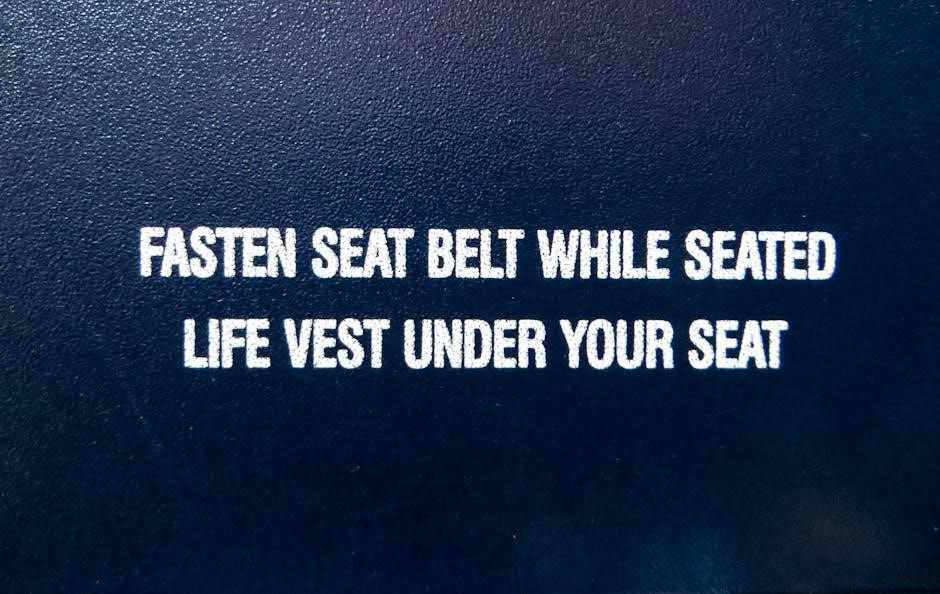Drivers are required to obey instructions from traffic officers and police to ensure safety and order on the roads, with laws and regulations in place to guide their actions and decisions every day always.
Definition of Traffic Instructions

Drivers are required to obey instructions from traffic officers and police to ensure safety and order on the roads, with laws and regulations in place to guide their actions and decisions.
Traffic instructions are directives given to drivers by authorized personnel, such as traffic officers or police, to control and manage the flow of traffic.
These instructions can be in the form of verbal commands, hand signals, or written signs, and are designed to promote safe and efficient traffic flow.
The definition of traffic instructions also encompasses the rules and regulations that govern traffic behavior, such as speed limits, right-of-way rules, and parking restrictions.
By obeying traffic instructions, drivers can help prevent accidents, reduce congestion, and ensure a smooth and safe journey for themselves and other road users.
Traffic instructions are an essential component of traffic management, and play a critical role in maintaining order and safety on the roads.
They are used to manage traffic flow, prevent accidents, and enforce traffic laws and regulations.
Overall, the definition of traffic instructions is closely tied to the concept of traffic management, and is an important aspect of ensuring safe and efficient traffic flow.
Traffic instructions are used to guide drivers and promote safe traffic behavior, and are a crucial component of traffic management systems.
They are used to manage traffic flow, prevent accidents, and enforce traffic laws and regulations, and are an essential tool for maintaining safe and efficient traffic flow.
The importance of traffic instructions cannot be overstated, as they play a critical role in promoting safe and efficient traffic flow, and are an essential component of traffic management systems.

Traffic Management Powers
Authorities have powers to manage traffic, including setting speed limits and traffic signals, to ensure safe and efficient traffic flow always and every day with laws.
Legislation for Traffic Officers
Legislation for traffic officers is established to guide their actions and decisions, with primary legislation required to establish traffic officers with traffic management powers. The Secretary of State has the legal power to establish and operate regional control centres. This legislation empowers the Secretary of State to designate individuals to act as traffic officers or to authorise another to do so. The National Assembly for Wales also has the power to designate traffic officers in Wales. The legislation is in place to ensure that traffic officers have the necessary authority to manage traffic and enforce traffic laws. The Road Traffic Management Corporation Act is an example of legislation that establishes the National Traffic Law Enforcement, which is divided into two sub-units, namely the National Traffic Police and another sub-unit. The legislation provides a framework for traffic officers to operate within, ensuring that they have the necessary powers to manage traffic and enforce traffic laws. The legislation is essential for maintaining safe and efficient traffic flow, and for ensuring that drivers obey instructions from traffic officers. The laws and regulations in place guide the actions of traffic officers, and provide a clear understanding of their role and responsibilities.

Designation of Traffic Officers
The Secretary of State designates traffic officers with authority to manage traffic and enforce laws, guiding drivers to obey instructions from designated officers every day always with specific powers.
Authority of Traffic Officers
Traffic officers have the authority to manage and direct traffic, ensuring the safe and orderly flow of vehicles and pedestrians. Their authority is derived from legislation and regulations that grant them the power to enforce traffic laws and provide guidance to drivers. The Secretary of State has the power to designate individuals as traffic officers, authorizing them to exercise their authority in specific areas. Traffic officers are responsible for enforcing traffic laws, managing traffic flow, and providing assistance to drivers and pedestrians. They have the authority to stop vehicles, issue fines and penalties, and provide directions to drivers. Their authority is limited to specific areas and situations, and they must exercise their powers in a fair and impartial manner. The authority of traffic officers is essential for maintaining public safety and preventing accidents on the roads. By obeying instructions from traffic officers, drivers can help to ensure their own safety and the safety of others, and traffic officers can effectively manage and direct traffic to prevent congestion and accidents. Traffic officers play a critical role in maintaining public safety and order on the roads.

Changes in Traffic Stop Policies
New policies propose limiting traffic stops for minor violations and introducing traffic monitors with limited authority to improve public safety and reduce conflicts between drivers and traffic officers every day always safely.
Proposal for Traffic Monitors
The proposal for traffic monitors is a significant development in the effort to improve traffic management and reduce conflicts between drivers and traffic officers. According to the plan, traffic monitors would be introduced to oversee traffic flow and provide guidance to drivers. These monitors would have limited authority, focusing on minor traffic violations and educating drivers on safe driving practices. The goal is to reduce the number of traffic stops and minimize the risk of confrontations between drivers and traffic officers. The proposal also suggests that traffic monitors would be trained to handle situations in a fair and impartial manner, taking into account the specific circumstances of each case. By introducing traffic monitors, the aim is to create a more efficient and effective traffic management system that prioritizes safety and public trust. The proposal is currently being reviewed and refined, with the aim of implementing it in the near future. The introduction of traffic monitors is expected to have a positive impact on traffic management and driver behavior.
